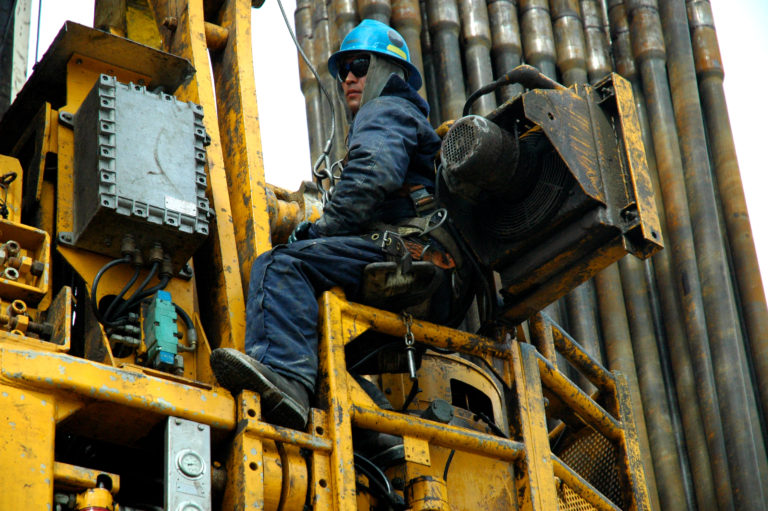Carbon monoxide is produced by various fuel-burning products, such as burning diesel fuel, gasoline, wood, propane, or charcoal. Carbon monoxide is produced by engines, furnaces, heating units, and welding operations. Normally the amount of carbon monoxide produced by these sources isn’t a cause for concern. Problems typically arise when the sources are used in an enclosed or partially enclosed space where the carbon monoxide can accumulate to dangerous levels.
Workplace Exposure
The internal combustion engine is the primary source of workplace exposure to carbon monoxide. Workers exposed to buses, locomotives, trucks, cars, forklifts, compressors, and other equipment powered by gasoline, diesel, or other fossil fuels may be at risk for carbon monoxide poisoning. While diesel fuel combustion engines produce lower levels of carbon monoxide than gasoline engines, these emissions can still generate lethal amounts of carbon monoxide given a sufficient amount of time in an enclosed space. Carbon monoxide makes up anywhere from 2% to 12% of diesel exhaust gases.
Symptoms
Common symptoms of carbon monoxide poisoning may include:
- Headache
- Weakness
- Dizziness
- Drowsiness
- Nausea and vomiting
- Shortness of breath
- Confusion and impaired judgment
- Personality changes or extreme mood swings
- Clumsiness or difficulty walking
- Blurred vision
- Loss of consciousness
Depending on the degree and length of exposure, carbon monoxide poisoning can cause debilitating effects on the body, brain and heart. High exposure may be life-threatening leading to convulsions, coma, or death. It’s important to recognize these early warning signs because as exposure increases, symptoms will reduce a person’s ability to escape.
Treatment & Diagnosis
If you think you or someone you’re with may have carbon monoxide poisoning, get into fresh air immediately and seek emergency medical care. If you have carbon monoxide poisoning, you should receive several hours of administration of 100% oxygen. If you have severe carbon monoxide poisoning and are unconscious, you may be connected to a respirator or may be treated in a pressurized hyperbaric chamber.
To confirm the diagnosis of carbon monoxide poisoning, your doctor will draw blood and perform a blood gas test which allows your doctor to determine the levels of carbon monoxide in your blood. Additional tests may be needed depending on your specific symptoms such as an EKG, MRI, or CT scan.
Need Our Help? Contact Us Today!
Short term effects of carbon monoxide involve symptoms such as headaches, heart palpitations, and other basic symptoms that will generally cease after treatment. However, longstanding effects of carbon monoxide may include injuries to the central nervous system, toxic encephalopathy, memory loss, balance problems, and COPD. As many as two out of three people who suffered severe carbon monoxide poisoning may have long-term neurological problems. Additionally, as many as one in five people who had mild to moderate poisoning can develop lasting neurological problems, ranging from mild personality changes to severe intellectual impairments. Carbon monoxide poisoning in pregnant women can cause fetal death or cerebral palsy in the child.
After a carbon monoxide poisoning occurs, your doctor should ask about the condition of fuel-burning appliances and equipment in your home and at work, the quality of ventilation in those areas, the length of exposure, whether your symptoms improve when you leave the area, and whether any of your family members or co-workers present similar symptoms.



